

BLOOMSBURY EDUCATION
Bloomsbury Publishing Plc
50 Bedford Square, London, WC1B 3DP, UK
This electronic edition published in 2019 by Bloomsbury Publishing Plc
BLOOMSBURY, BLOOMSBURY EDUCATION and the Diana logo are trademarks of Bloomsbury Publishing Plc
First published in Great Britain, 2020 by Bloomsbury Publishing Plc
Text copyright Kate Robinson, 2020
Illustrations copyright Sarah Hoyle, 2020
Kate Robinson has asserted her right under the Copyright, Designs and Patents Act, 1988, to be identified as Author of this work
Bloomsbury Publishing Plc does not have any control over, or responsibility for, any third-party websites referred to or in this book. All internet addresses given in this book were correct at the time of going to press. The author and publisher regret any inconvenience caused if addresses have changed or sites have ceased to exist, but can accept no responsibility for any such changes
All rights reserved
You may not copy, distribute, transmit, reproduce or otherwise make available this publication (or any part of it) in any form, or by any means (including without limitation electronic, digital, optical, mechanical, photocopying, printing, recording or otherwise), without the prior written permission of the publisher. Any person who does any unauthorised act in relation to this publication may be liable to criminal prosecution and civil claims for damages.
A catalogue record for this book is available from the British Library
ISBN: 978-1-4729-5515-9 (HB)
ISBN: 978-1-4729-5516-6 (eBook)
ISBN: 978-1-4729-5514-2 (ePDF)
To find out more about our authors and their books please visit www.bloomsbury.com where you will find extracts, author interviews and details of forthcoming events, and to be the first to hear about latest releases and special offers, sign up for our newsletter.
Contents

Introduction
Hello and well done!
You want to help your child with phonics, youve got the book and youve made it to the first chapter: youre on track!
Now, youre probably keen to know whether this book will answer some key questions.
What is phonics and how does it work?
The word phonics is used a lot in schools and books and on websites about reading and spelling. But what does the word actually mean? In this book youll find clear and straightforward explanations of what phonics is, how phonics works and how children are taught phonics.
How can I help with phonics at home and can I make it fun?
Youll find lots of games and activities that will help children to develop their pre-reading, reading and spelling skills using phonics. All the games are fun and easy to play at home.
Why is phonics so important?
Phonics is the main approach used in schools for helping children to read words. It is also a key approach in teaching children how to spell.
Theres lots of evidence that phonics is the best approach for almost every child, giving them a really good understanding of how sounds and letters build words. In 2006, the UK government carried out a review of all of the research into how children are taught to read and spell. This review, known as the Rose Review, found that most children learn to read and spell words best if phonics is the main method used for teaching and learning (Rose, 2006).
So, helping with phonics at home can make a big difference to your childs confidence and progress with reading and writing. And that can make a big difference to their confidence and progress in all areas of their life.

 How to use this book
How to use this book
For an introduction to phonics and how it works , start at the next section:
If you have a general understanding of phonics, but want to grasp it in more depth , turn to the section .
For help selecting the right games and activities for your child, or choosing the right letters or words to focus on, turn to the section .
If you just want to browse through the games , choose from the different sections of games on the page and then look for a game thats right for your child.
Once you have chosen a game to play, think about when and how to introduce it to your child . Try to keep it fun and relaxed: choose a time when your child is not tired, hungry or grumpy. Go for short, regular bursts, such as ten minutes a day, a few days a week, rather than long stretches. Its better to stop when your child still wants to play more that way they will be extra keen next time you play!

We build spoken words by blending together individual sounds. We write words by using individual letters, or small groups of letters, to represent each sound.

TERMINOLOGY
Blending sounds:
joining sounds together to build whole words
Phonics is a method of learning to read and spell that focuses on these individual sounds and the letters that represent them.
Phonics for reading
When reading an unfamiliar word, children see the individual letters, or groups of letters, in the word, and remember the sounds that they each represent.

So, if your child wants to read the word ship, they first need to identify the familiar letters or letter groups in the word one by one: sh, then i, then p.
As they do this, they need to remember the sounds that each of those letters, or letter groups, represent. Finally, they can blend the sounds together and listen to the word that the sounds make: sh i p : ship .
Phonics for spelling
When spelling an unfamiliar word, children hear the individual sounds in the spoken word and remember the letters, or groups of letters, that represent those sounds.
So, if your child wants to write the word ship , they first need to split the spoken word ship into all the different sounds that it contains: sh i and p .
They then need to remember which letters, or letter groups, are used to represent those sounds: sh , i and p , and then write those letters down in order.

What are phonemes and graphemes?
Understanding some key words
To understand phonics, it helps to understand a few key words. The most important of these are the words phoneme and grapheme :
A phoneme is a single sound.

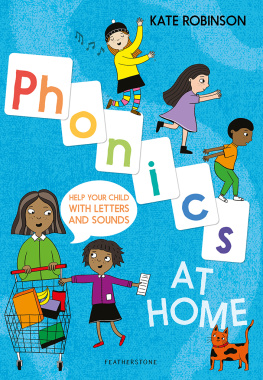

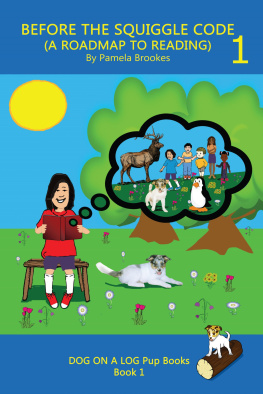
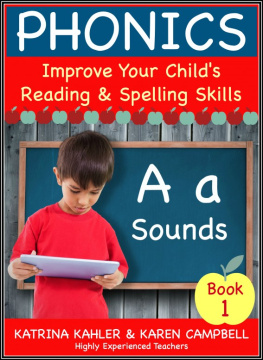
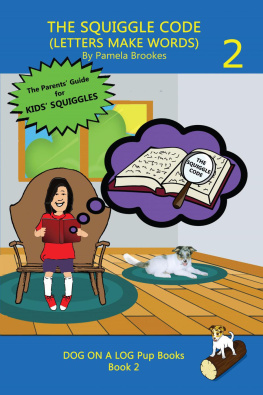
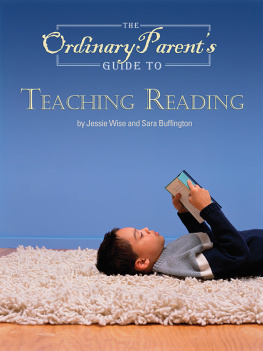
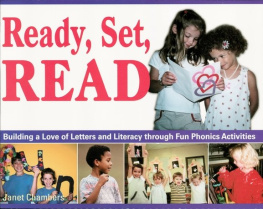





 How to use this book
How to use this book


